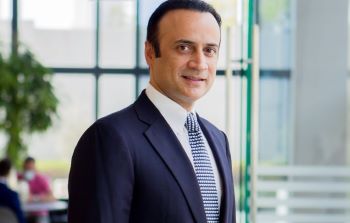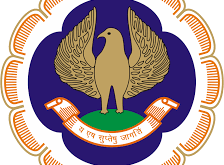The 2025 festive season has proven to be a defining period for India’s hospitality industry. As domestic travel surges and occupancy levels reach unprecedented highs, hotels across the country are confronting both new opportunities and operational challenges. Hospitality leader Sanjeev Nanda shares insights into how this short-haul travel boom is reshaping strategies across the sector.
A Record-Breaking Festive Season
This year’s Diwali and New Year travel patterns have been unlike any other. Domestic mobility data reveals that hotel bookings have increased by 15–20% year-on-year, while intercity transportation systems, including flights and buses, operated at near-full capacity.
 What stands out, however, is the nature of travel itself. The resurgence of short-haul and experiential domestic trips has replaced traditional long-distance holidays. City-to-destination pairs like Delhi–Rishikesh, Mumbai–Goa, and Bengaluru–Coorg have emerged as key corridors for micro-vacations.
What stands out, however, is the nature of travel itself. The resurgence of short-haul and experiential domestic trips has replaced traditional long-distance holidays. City-to-destination pairs like Delhi–Rishikesh, Mumbai–Goa, and Bengaluru–Coorg have emerged as key corridors for micro-vacations.
Sanjeev Nanda explains, “The festive season is both a celebration and a test for Indian hospitality. The real measure of success lies in maintaining consistent service even under peak demand.”
Redefining Travel Behaviour
The modern Indian traveller is increasingly experience-driven, seeking balance and convenience. According to industry data, 7 out of 10 road trips in 2025 were under two days in duration.
“This trend reflects a new mindset,” Nanda notes. “Guests are seeking purposeful breaks that recharge them, travel has become an extension of well-being.”
The rise of short-haul travel has prompted hotels to diversify their offerings. Properties now combine wellness retreats, cultural experiences, and curated local excursions, transforming hospitality into an immersive engagement rather than a transactional service.
Operational Efficiency Amid Demand
Managing near-full occupancy requires operational precision. Hotels are investing in scalable staffing models, automation tools, and data analytics to handle fluctuating volumes without compromising guest satisfaction.
“Luxury during high occupancy isn’t about extravagance; it’s about consistency and attention to detail,” says Sanjeev Nanda.
Many premium hotel chains are deploying AI-based forecasting to optimize inventory, pricing, and workforce management. These innovations not only streamline operations but also enhance the personalization that guests increasingly expect.
Technology and Local Integration
Technology continues to anchor the sector’s ability to adapt. From predictive analytics to dynamic pricing, hotels are using data to anticipate guest needs and refine their offerings in real time. Online travel agencies report a 25–30% spike in festive bookings, an indicator of how digital adoption is reshaping travel planning in India.
The festive surge also benefits local economies. As short-haul destinations gain prominence, smaller towns and regional markets see increased footfall. Local artisans, caterers, and event service providers directly profit from the tourism multiplier effect.
Sustaining the Momentum
Looking ahead, India’s hospitality industry is poised to convert seasonal demand into sustained growth. Nanda emphasizes that the key lies in responsiveness and long-term engagement.
“Festive demand will continue to define India’s tourism cycle,” he concludes. “The brands that succeed will be those that balance innovation with empathy, ensuring every stay is not just a service, but an experience.”
 Newspatrolling.com News cum Content Syndication Portal Online
Newspatrolling.com News cum Content Syndication Portal Online







